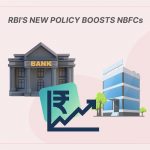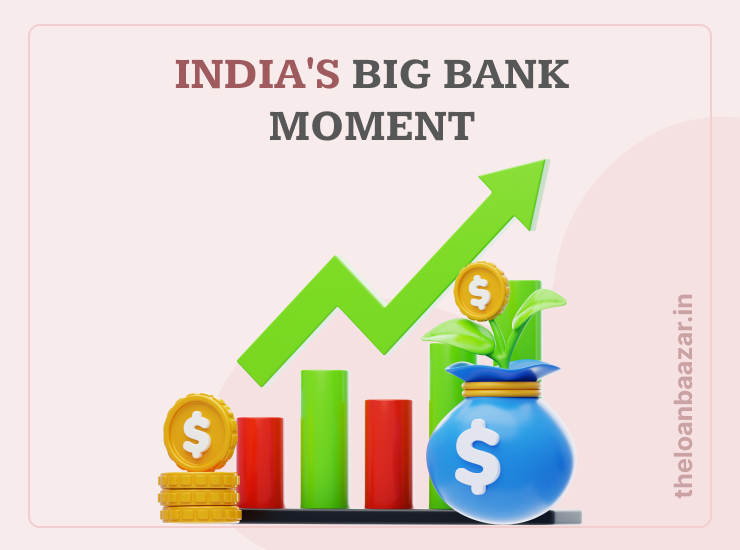India is on the brink of a banking transformation. The government’s latest initiative aims to create global-scale banks capable of powering infrastructure, manufacturing, and digital innovation. This consolidation wave marks a pivotal step toward realizing the Viksit Bharat 2047 vision—an economy built on scale, resilience, and self-sufficiency.
Why India Needs Global-Scale Banks
For decades, India’s financial ecosystem was fragmented with numerous public sector banks (PSBs) operating independently. In 2020, the number of PSBs reduced from 27 to 12. The next phase of consolidation now seeks to build global champions capable of funding trillion-dollar ambitions — green corridors, smart cities, and advanced manufacturing.
A few strong, tech-driven banks can lend at scale, manage risks effectively, and compete globally — much like China’s ICBC or Japan’s MUFG.
The Vision: From Safe Banks to Strong Giants
Union Home Minister Amit Shah emphasized:
“It’s time not just to grow — but to change the scale.”
This mindset drives the upcoming mergers of Bank of Baroda, Bank of India, and Bank of Maharashtra into unified, globally resilient institutions. The focus is no longer rescue but reinforcement — building banks that can withstand shocks and fuel India’s growth story.
Why Size Matters
Global banking is a game of scale. Large banks can:
-
Finance megaprojects like bullet trains and solar grids.
-
Access cheaper global funding.
-
Invest in advanced tech infrastructure and cybersecurity.
-
Offer cross-border services to support global Indian enterprises.
Currently, State Bank of India (SBI), with assets around USD 846 billion, ranks only 43rd globally. India’s goal is to place at least two PSBs in the world’s top 20 by 2047.
The Role of Technology in the Banking Revolution
To reach global standards, technology will be the backbone of transformation:
-
AI-driven risk analytics to enhance credit decisioning.
-
Blockchain-based compliance systems for transparency.
-
Cloud infrastructure for agility and scalability.
-
Digital onboarding and KYC automation to improve inclusion.
For IT and fintech companies, this shift opens massive opportunities to partner in modernization, cybersecurity, and AI deployment across PSBs.
Economic Impact: A Stronger Core for a Stronger Economy
Consolidation will help:
-
Improve capital adequacy ratios.
-
Boost efficiency and reduce duplication of resources.
-
Strengthen lending capacity for infrastructure and startups.
-
Enhance India’s credibility with global investors.
As India moves toward becoming a $10-trillion economy, these financial powerhouses will provide the muscle needed to sustain double-digit growth.
Challenges Ahead
While the opportunity is vast, challenges remain:
-
Managing cultural integration between banks.
-
Aligning technology stacks and legacy systems.
-
Ensuring customer trust during transitions.
-
Maintaining governance and risk standards at scale.
Effective policy coordination and strong digital infrastructure will be key to overcoming these hurdles.
The Road Ahead: Banking for “Viksit Bharat 2047”
The consolidation drive is more than a structural reform — it’s a strategic mission to make Indian banks globally relevant.
With the right mix of policy, technology, and people, India’s banks can become the financial backbone of a developed nation.
1. What is India’s “big bank moment”?
It refers to India’s push to merge public sector banks to create large, globally competitive institutions capable of financing the country’s growth ambitions.
2. How will this consolidation benefit the economy?
It enhances lending power, efficiency, and global competitiveness—supporting large infrastructure, green energy, and industrial projects.
3. Which banks are expected to merge next?
Banks like Bank of Baroda, Bank of India, and Bank of Maharashtra are considered for merger discussions under the upcoming phase.
4. How does this align with “Viksit Bharat 2047”?
The consolidation supports India’s goal of becoming a developed economy by 2047 by strengthening the financial ecosystem to back large-scale investments.
5. What opportunities does this create for fintech and IT sectors?
Massive — in core banking modernization, data analytics, cybersecurity, AI integration, and customer-experience innovation.











